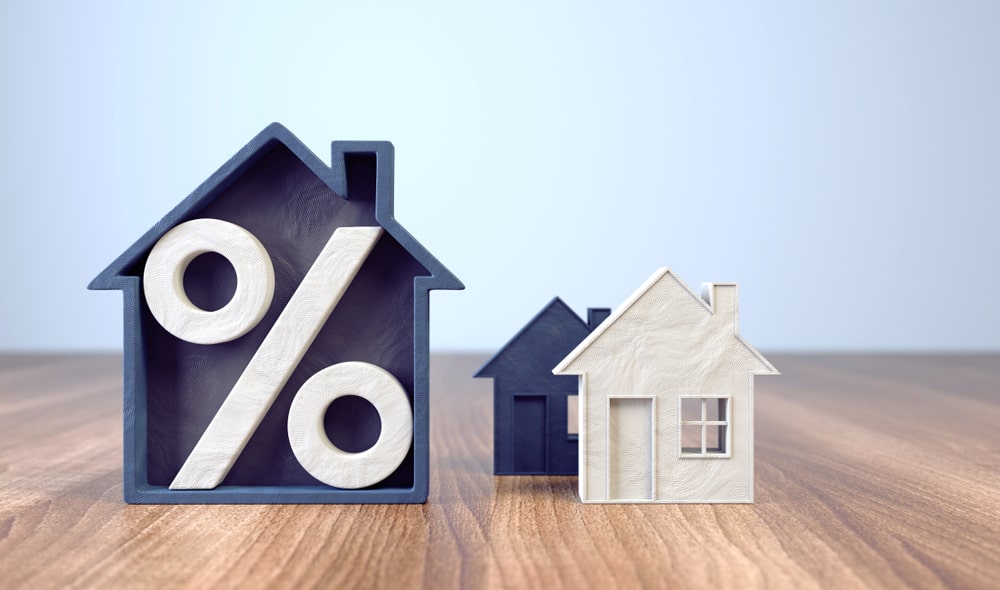
Programs and Loans to Help You Buy a House
 10 min read
10 min read
 10 min read
10 min read
|
Thinking about buying a home? Don’t have enough cash to make it happen? We know it’s discouraging. But don’t kick the dream of homeownership to the curb.
Many people have found themselves in this exact situation, yet eventually they became homeowners. Their dream became a reality, and yours can too.
But getting to the finish line starts with understanding how much you really need for a home purchase. Because—brace yourself—contrary to what you might have heard, you don’t need 20% down.
Sure, it’s an ideal amount—and kudos to you if you’re able to save this much. Just know that today’s down payment guidelines are far more relaxed, and you have more options for down payment assistance.
- Ask about low and no money down loans
It doesn’t matter how responsible you are with money, or whether you make a practice of always paying yourself first. Saving thousands for a down payment can be downright hard.
Even if you’re checking off all the right boxes—stable income and employment, good credit, etc—your down payment fund might grow at a snail’s pace.
Thankfully, though, you don’t have to shoot too high. Many loan programs allow purchases with as little as 3% to 5% down. This includes an FHA home loan that requires 3.5% and conventional home loans that only require 3% to 5% down.
You have other options like a VA loan if you’re active duty, a veteran, or an eligible spouse; and a USDA home loan if you’re buying in a rural area (and no, this doesn’t mean you have to live in the middle of nowhere).
And the best part about both loans is that you can buy with absolutely no down payment. It really doesn’t get any better!
- Apply for statewide homebuyer assistance programs
These aren’t the only options to get your foot in the door. Your state’s got your back too, so you might be eligible for local homebuyer assistance programs.
Not only can these help cash-strapped borrowers with down payment assistance, some programs will even pay all or some of your closing costs.
And when your state government gives you money to buy a house, homeownership really starts to feel attainable.
But this help isn’t one-size-fits-all, and assistance can vary by location. So the help you receive might differ from what another receives. Either way, these programs can put you closer to your dream.
To learn more about home buying assistance programs offered in your state, visit the U.S. Department of Housing and Urban Development (HUD) website.
- Use a mortgage tax credit
But that’s not it! If you’re a first-time homebuyer with a lower income, you might be eligible for the Mortgage Tax Credit Certificate (MCC) program.
Keep in mind, this IS NOT a tax deduction—it’s much better.
Anyone eligible can get a dollar-for-dollar tax credit for mortgage interest paid each year, up to $2,000 a year. So in other words, you’ll owe less in federal and state taxes, resulting in more cash in your pocket…cha-ching!
- Ask about lender-specific down payment assistance
We’re still not finished, though!
Some lenders also offer their own down payment assistance. And the best part is that some of these programs aren’t limited to first-time homebuyers or low income buyers.
But this doesn’t mean that programs are open to everyone. Sometimes, you must work in occupations related to public service (teachers, police officers, firefighters, etc.) or meet other requirements.
Takeaway
Between low down payment loans and down payment assistance programs, you don’t have to push ownership to the side. To learn about programs available to you, speak with the loan experts at Real Genius. Contact a local expert today!
Resources:
FDIC: https://www.fdic.gov/consumers/community/mortgagelending/guide/part_2_docs/mortgage_tax_credit.pdf
The Mortgage Reports: https://themortgagereports.com/11306/buy-a-home-with-a-low-downpayment-or-no-downpayment-at-all
A lower rate doesn’t always mean a lower cost.


















